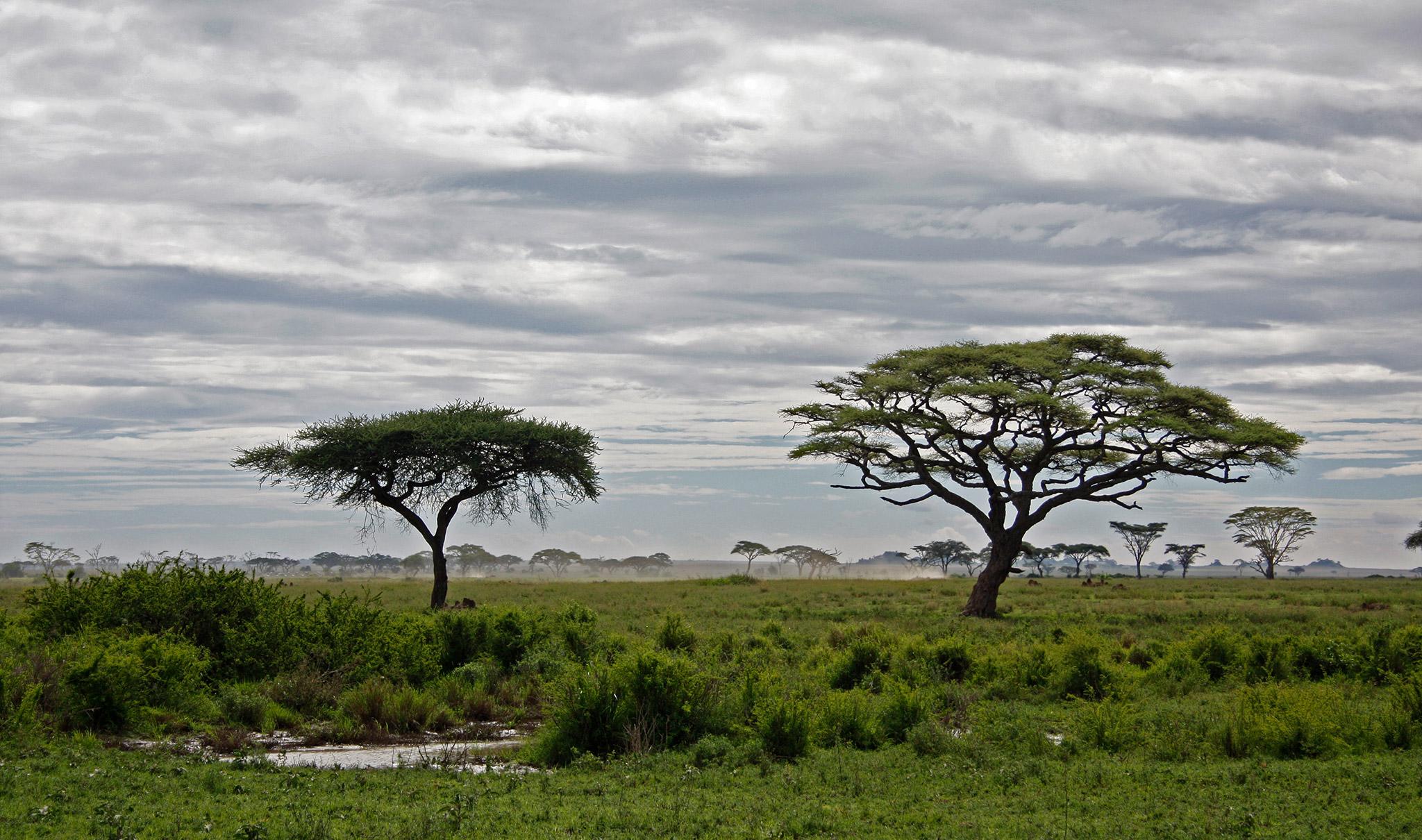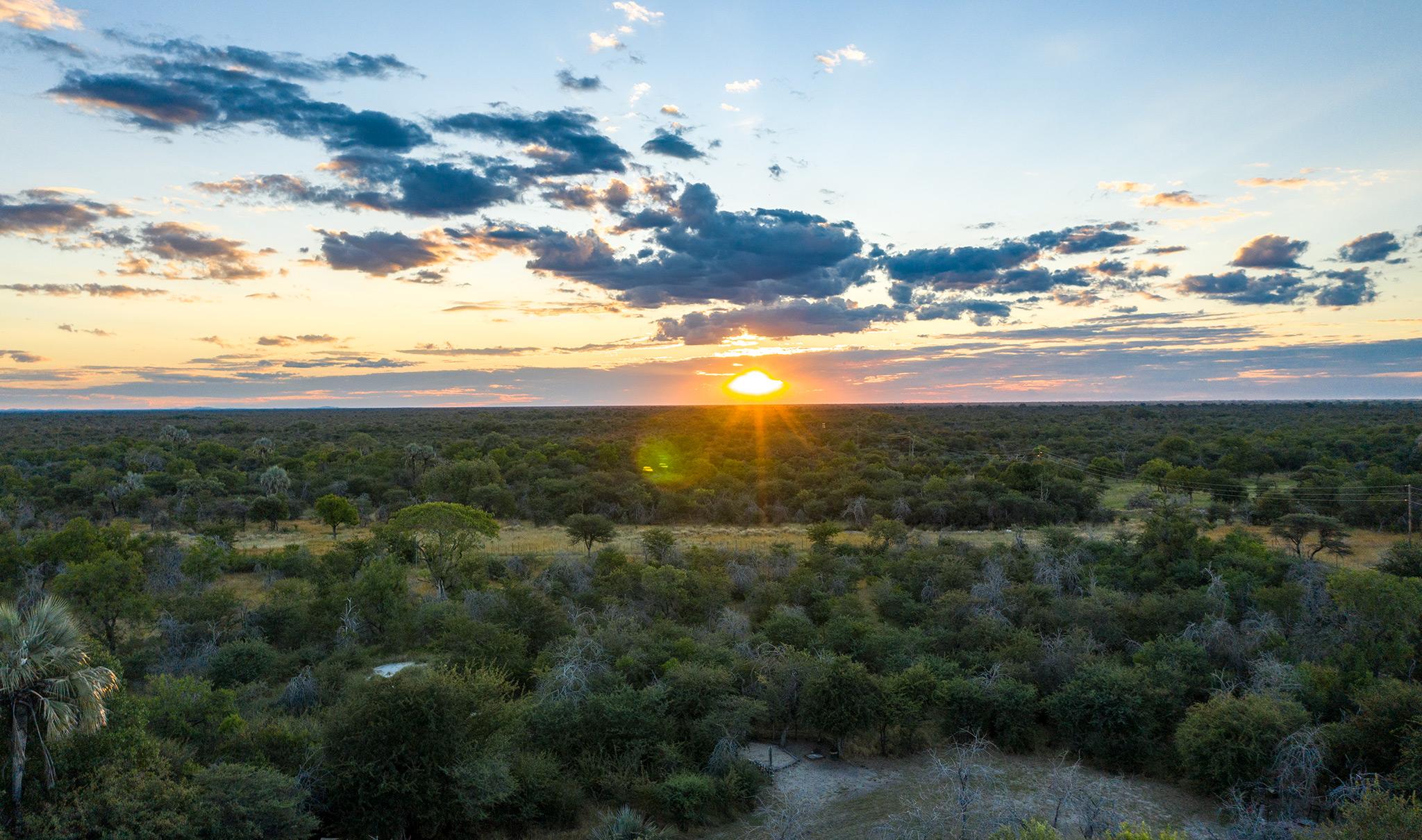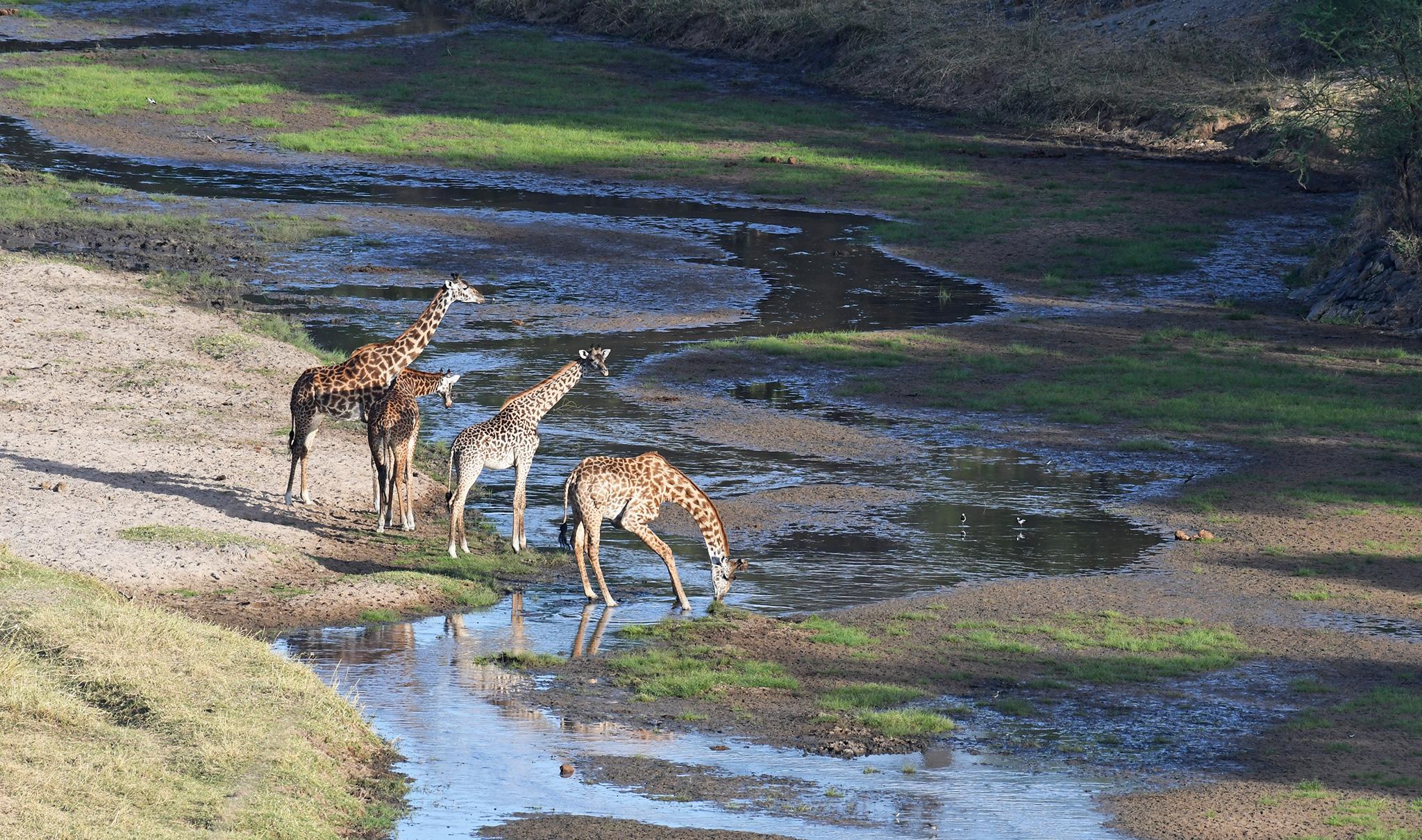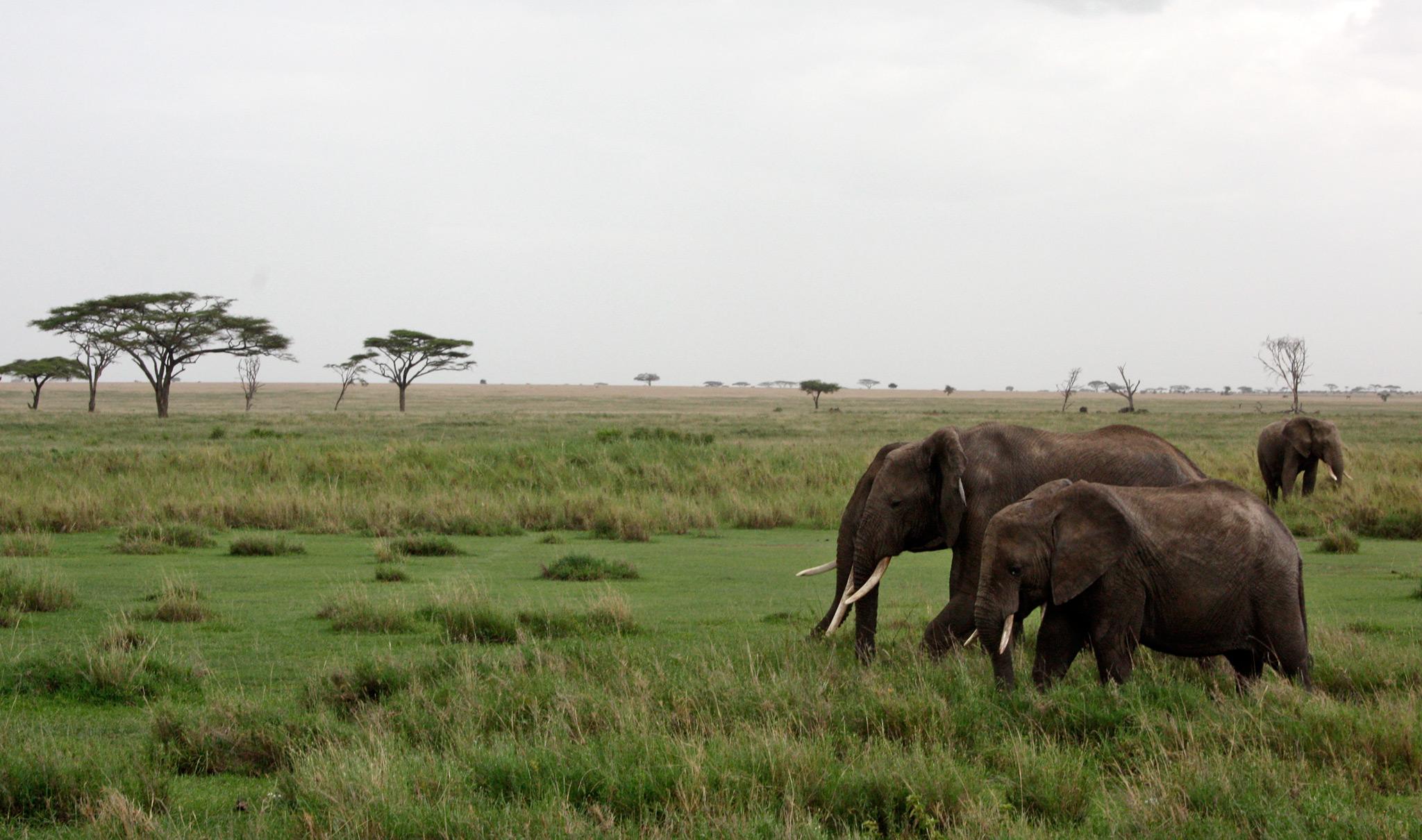The short rains in Tanzania begin in November and occur in passing afternoon thunderstorms, creating dramatic cloud formations over parched landscapes. While it can rain quite a lot in Tanzania in November, if you are a flexible traveller, it can be one of the most exhilarating times to experience a safari in East Africa.
By November, the landscapes and wildlife have endured five long months without rain, and are eagerly awaiting the arrival of the short rains. When the rains finally come, they bring new life to Tanzania’s wilderness areas. Witnessing the drought break in the heart of nature is a once-in-a-lifetime experience.
Tanzania in November is considered the low season, with lower prices and fewer visitors. If you travel during the first few weeks of November, you may experience dry weather. However, once the rainy season begins, some areas of the parks may become inaccessible, and your plans may need to be adjusted accordingly. This could mean, for example, that an afternoon game drive has to be cancelled or re-routed if there is too much water in a river. Nonetheless, if you are an open-minded traveller, you can still enjoy the experience.
If you prefer a safari with fewer people, at a lower cost, and don’t mind the unpredictable weather, then Tanzania in November is an ideal time to visit.
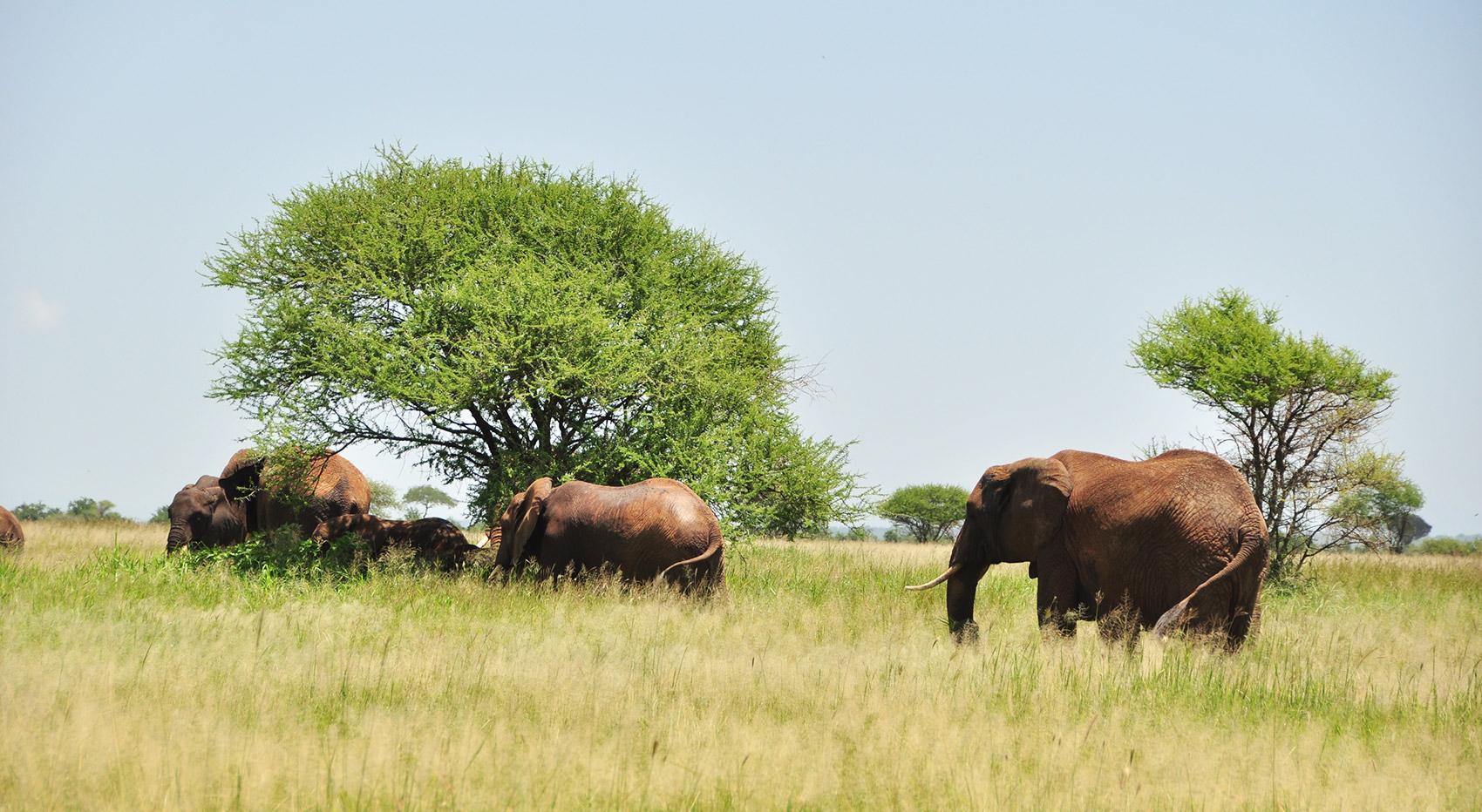
Weather in Tanzania in November
Tanzania’s proximity to the equator results in a tropical climate where summer and winter are replaced by two rainy and two dry seasons.
Tanzania in November heralds the transition from the dry season to the short rainy season and from the high to the low season. The short rains have always been unpredictable, but they have become even more so due to the changing climate.
In recent years, the beginning of November has been relatively dry. When the short rains arrive, they usually transpire in passing afternoon storms, which should not interfere with morning game drives. However, heavy rains can turn dry riverbeds into swollen, fast-flowing rivers, which may cut off some parts of the parks. In such cases, it’s essential to be flexible and change plans for the day accordingly.

Temperatures are heavily influenced by the changing seasons. The dry season starts in June with mild temperatures and dry weather. As the months go by, temperatures increase gradually, peaking in November. They remain stable until the arrival of the long rains at the end of March. When it gets hot in the afternoons, the wildlife seeks shade. It’s a great time to return to your accommodation to enjoy its facilities and relax while avoiding the heat.
At the Tanzanian coast, temperatures and humidity can be high in November but not unpleasant. However, choose the dry season from June to October if you hope for a dream experience unaffected by rain. Moreover, bad weather can affect ascents to the summit if you wish to trek Mount Kilimanjaro or Mount Meru. We do not recommend climbing Mt Kilimajaro or Mt Meru in November.
High altitude areas such as the Ngorongoro Crater experience lower temperatures and higher rainfall in November.
You would like to travel to Tanzania in November?
Get in touch to start planning your trip!
Average temperature in Tanzania in November
Tanzania experiences consistently pleasant temperatures year-round. However, in November, the average high temperatures range from 25°C (77°F) to 32°C (89°F), depending on the location. At this time of year, parks on the Southern Circuit are hotter than the national parks on the Northern Circuit. Temperatures in November are highest at the coast. At higher altitudes, temperatures drop quickly after the sun has set. Moreover, early morning game drives can be cold.
Is November a good time to go on safari in Tanzania?
Due to the higher chances of rain, November is considered the low season for safaris on Tanzania’s popular Northern Circuit. However, depending on what kind of experience you are looking for it can still be an excellent time to go on a safari. The main advantage of a safari in the low season: There are fewer visitors in the popular and sometimes busy parks.
By the end of October, the last remaining water sources that the wildlife have relied on during the dry season will have turned into a trickle, forcing vast numbers of animals into close proximity. This results in high predator-prey interaction, where only the strongest survive. The landscapes are arid, dust devils dance across the plains, and everything living there seems to be awaiting the arrival of the short rains.

A safari in Tanzania in November allows you to witness the end of the dry season. As the rains begin to return, you can almost sense the relief and happiness from the wildlife. Once stagnant water sources turn into brimming rivers, washing the skeletons of the less fortunate away. As the days progress, emerging grasses and wildflowers appear, turning the arid landscapes green again. Crisp light and colossal cloud formations add drama to create ideal conditions for a photography safari.
Due to ample water and forage, the large herds disperse into the wilderness, and the dense vegetation can make spotting wildlife more challenging. However, thanks to one of the highest densities of wildlife in East Africa, you can still expect to see many species of animals and birds in Tanzania’s national parks.
Locational highlights to see and do on a safari in November:
- The herds of the wildebeest migration in Kenya turn south again, arriving in the northern Serengeti National Park, where the wildebeest must cross the Mara River for the second time. While this used to be the case in the past, please note that the timing of the wildebeest migration has become more and more unpredictable. Depending on the weather patterns, the herds may have turned south much earlier than November.
- Migratory birds that spent the summer in the northern hemisphere begin to return to East Africa, and Tarangire National Park is a great place to witness their arrival.
- Visiting popular parks during the low season, such as Serengeti National Park, will allow you to enjoy a more tranquil experience than during the popular dry season.

Is November a good month for a beach holiday on Zanzibar?
If you plan a dream beach getaway for a special occasion, avoid Zanzibar in November, as heavy rainfall will likely occur. However, November and the low season are a good option if you don’t mind the rain and seek a more secluded experience. Since it’s the low season, Zanzibar sees far fewer visitors in November compared to the dry season months from June to October. If you are lucky, the first weeks in November still provide dry conditions. In some years, the rains only start towards the middle of November.
However, the best time to visit Zanzibar is during the dry season, from June to October and from mid-December to the beginning of March. These seasons offer dry conditions, which are perfect for relaxation, scuba diving, kite surfing, enjoying a spice tour, and exploring the ancient streets of Stone Town.

The Zanzibararchipelago, located 35 km from the mainland of Tanzania, consists of two main islands, Unguja (also known as Zanzibar) and Pemba, along with approximately 50 smaller islands. These islands are known for their pristine tropical beaches and coral reefs. They are home to ancient cities heavily influenced by Arab and Portuguese cultures, giving visitors a feeling of being transported to a new world.
Is November a good time to climb Kilimanjaro?
The best time to trek Mount Kilimanjaro is during the dry seasons, from July to October and mid-December to February. These dry periods provide optimal weather conditions, which increase your chances of reaching the summit without cloud cover obstructing the view.
If you want to climb Kilimanjaro in November, we recommend the first weeks of the month. Chances of rain increase towards mid-November. Generally, due to the unpredictability of the rains, November is not considered the ideal time for a Kilimanjaro climb.
We have experienced teams on the mountain who have safely guided people to the summit and back down for many years. You can choose between private or group trekking on four routes that take six to eight days to complete. Alternatively, if you’re looking for a shorter trek, you can trek Mount Meru, which takes four days and offers an experience surrounded by wildlife.

Cost of visiting Tanzania in November
November is the low season in Tanzania due to the short rains that last until mid-December. However, this presents an opportunity to enjoy a safari and beach retreat at a more affordable price. While entry fees for national parks remain the same all year round, most accommodations will charge low season rates in Tanzania in November.
Two of our favourite safaris in November:
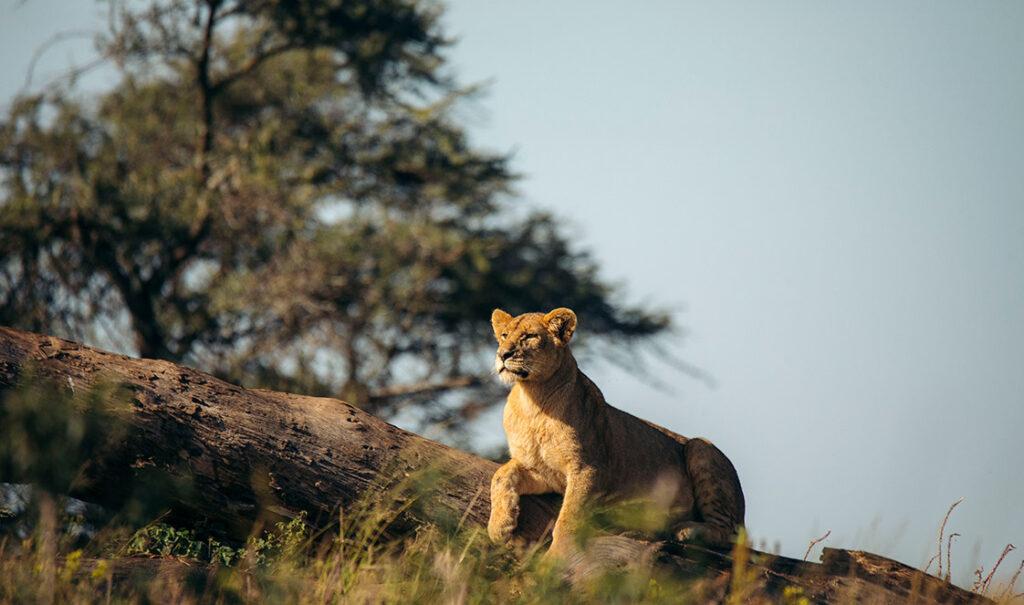
Best of Tanzania
Places Tarangire National Park, Serengeti National Park, Karatu, Ngorongoro Crater
from 2,840 USD per person sharing

Discover Tanzania
Places Lake Manyara National Park, Serengeti National Park, Ngorongoro Crater
from 1,330 USD (based on 7 persons)
You can influence the cost of a safari by choosing from two types of safaris and several different standards of accommodation. You can choose a private safari or a small group safari.
Private safaris allow you to customise every detail of your trip. You travel with friends and family only. This also means, the cost for driver-guide and vehicle are split between you and your friends and family only.
On a small group safari on the other hand, you can share the cost for the vehicle and the guide with the other travellers in your group. Therefoe, if you are a solo traveller or a couple, you will save money by choosing a small group safari.

With both options, you are guaranteed a window seat in one of our customised 4×4 Toyota Land Cruisers driven by expert guides. Due to unfamiliar driving styles and enormous parks that are hard to navigate, self-driving safaris are not recommended in Tanzania.
When selecting your accommodation, you can choose from luxury lodges, permanent tented camps, and Mobile Explorer Camps for a deeper immersion into nature. Alternatively, Adventure Camping offers a budget-friendly way to enjoy a safari.
For more information, you can arrange to speak to one of our country experts for a no-obligation conversation. They can help you plan a safari to meet almost any budget.
What to wear in Tanzania in November
Tanzania in November can be a month of contrasts. Here are some tips to help you pack for your safari:
- Bring a light raincoat and a small umbrella.
- Pack several light layers to take off as it warms up.
- Pack long sleeves and trousers to protect you from the sun and biting insects.
- Avoid wearing camouflage or bright colours on game drives.
- Pack a small rucksack for guidebooks, water, binoculars, hats and sunglasses.
- Bring closed shoes for game drives and at night for around the campfire
- Pack something smart to wear for a classic safari dinner.
- If you plan to visit Zanzibar, pack clothes that cover your shoulders and knees in public places.
Is November a good time to visit Tanzania?
Depending on your priorities, November can be a great time to visit Tanzania. The main advantages are lower prices and fewer other visitors. Therefore, if you have visited Tanzania before, you can enjoy a safari in November with fewer other tourists around – the low season offers a more secluded experience. Photographers can capture the beauty of green and fresh landscapes through their lens. A visit to Tanzania in November is also more affordable than during the high season.
However, if your main goal is to spot as much wildlife as possible, it would be better to plan your safari during the dry season, from June to October, as this is when wildlife viewing is at its best.
Ready to embark on your next adventure? Plan your unforgettable Tanzanian safari today and experience the beauty of November for yourself!
 on Tripadvisor
on Tripadvisor

